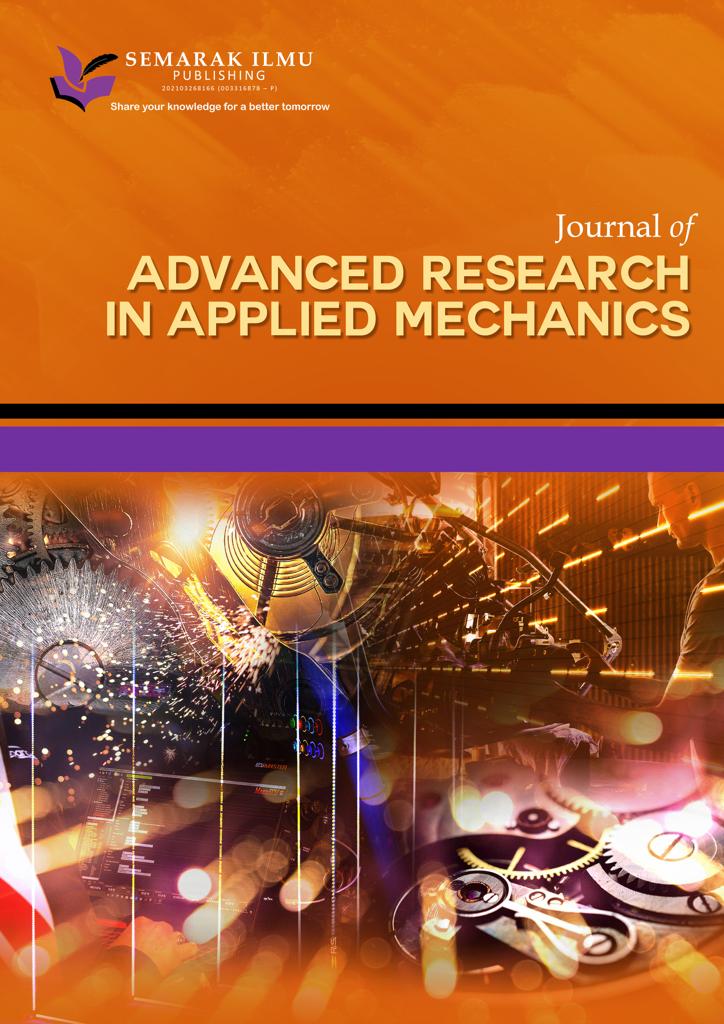Optimization of Process Parameters for Flow Nozzle with Different Geometry using Computational Fluid Dynamics Method
DOI:
https://doi.org/10.37934/arfmts.118.1.142154Keywords:
Fluid mechanics, CFD, bell nozzle, conical nozzle, ANSYSAbstract
A nozzle is a tubular structure designed to facilitate the flow of hot gases. Rocket nozzle designs typically consist of a stationary convergent section and a stationary divergent section. The term "CD" is an abbreviation for "convergent-divergent" and is used to refer to this specific nozzle type. Upgrades are being made to nozzles and other engine components in order to enhance performance and optimise thrust delivery. Application-specific improvements will be made to rocket nozzles and other current combustion expansion systems. An instance of such progress is the implementation of the bell and twin bell nozzle. This study conducted a comparative analysis of two kinds of nozzles, namely bell and conical, at different Mach speeds to ascertain which one yields the most optimal flow. Subsequently, the flow parameters were modelled with computational fluid dynamics (CFD). Ensuring optimal pressure thrust integral throughout the supersonic zone of the nozzle surface while taking the base pressure into account was the aim of the problem formulation. The research focused on irrotational flow, taking into consideration the impacts of boundary layers.
Downloads



























